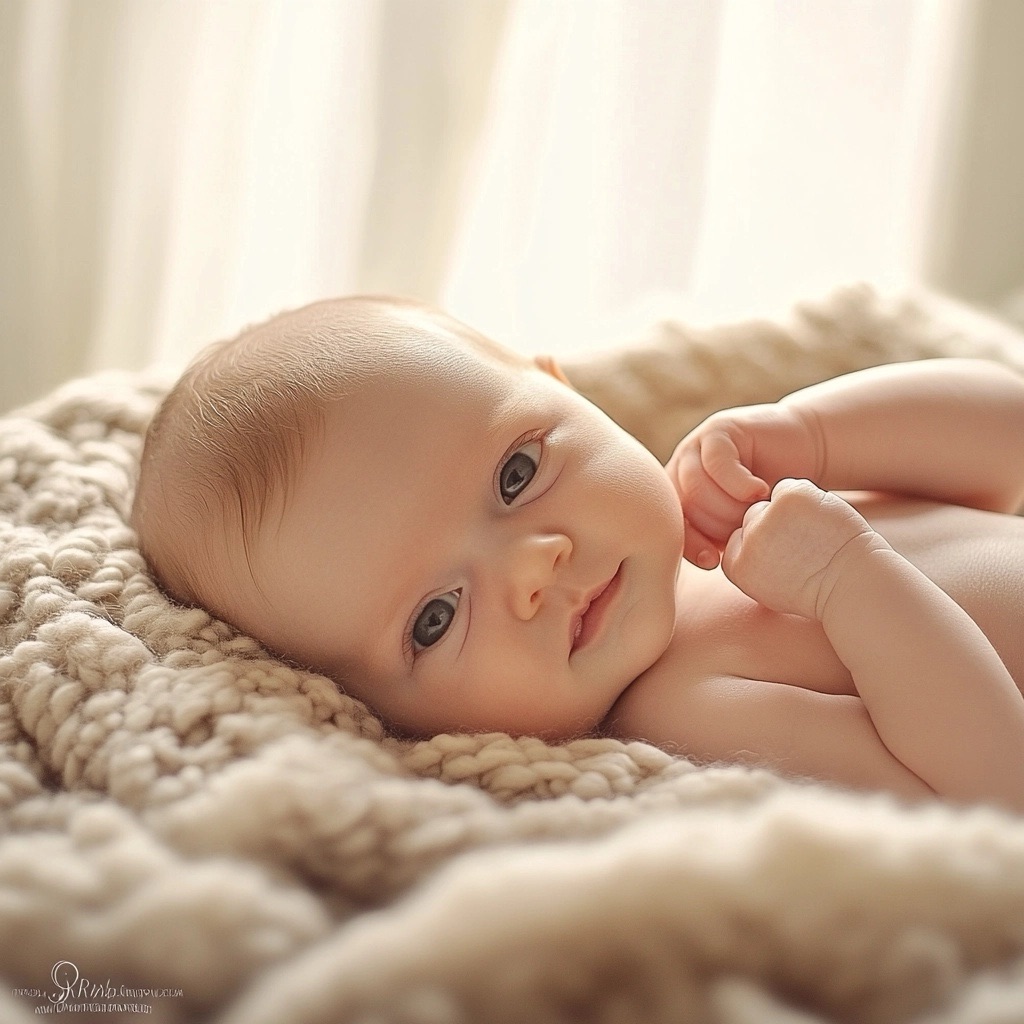
The arrival of a new baby is one of life’s most precious moments, and as a new parent, you naturally want to capture every detail. From the first sleepy smile to the tiny grasp of a finger, these fleeting moments are priceless. Yet, photographing a baby isn’t as simple as it might seem. It’s not just about pointing the camera and clicking; it’s about preserving memories in a way that reflects the emotion and magic of those early days. This article will guide you through the nuances of baby photography, offering practical tips that blend technical advice with an understanding of what truly makes a photograph meaningful.
Understanding the Unique Challenge of Baby Photography
Photographing babies is unlike any other kind of photography. Unlike adults, babies can’t be directed; they don’t understand instructions, and their moods can shift in the blink of an eye. This unpredictability is part of what makes baby photography both challenging and rewarding. To succeed, you need patience, creativity, and a deep understanding of the subject—your baby.
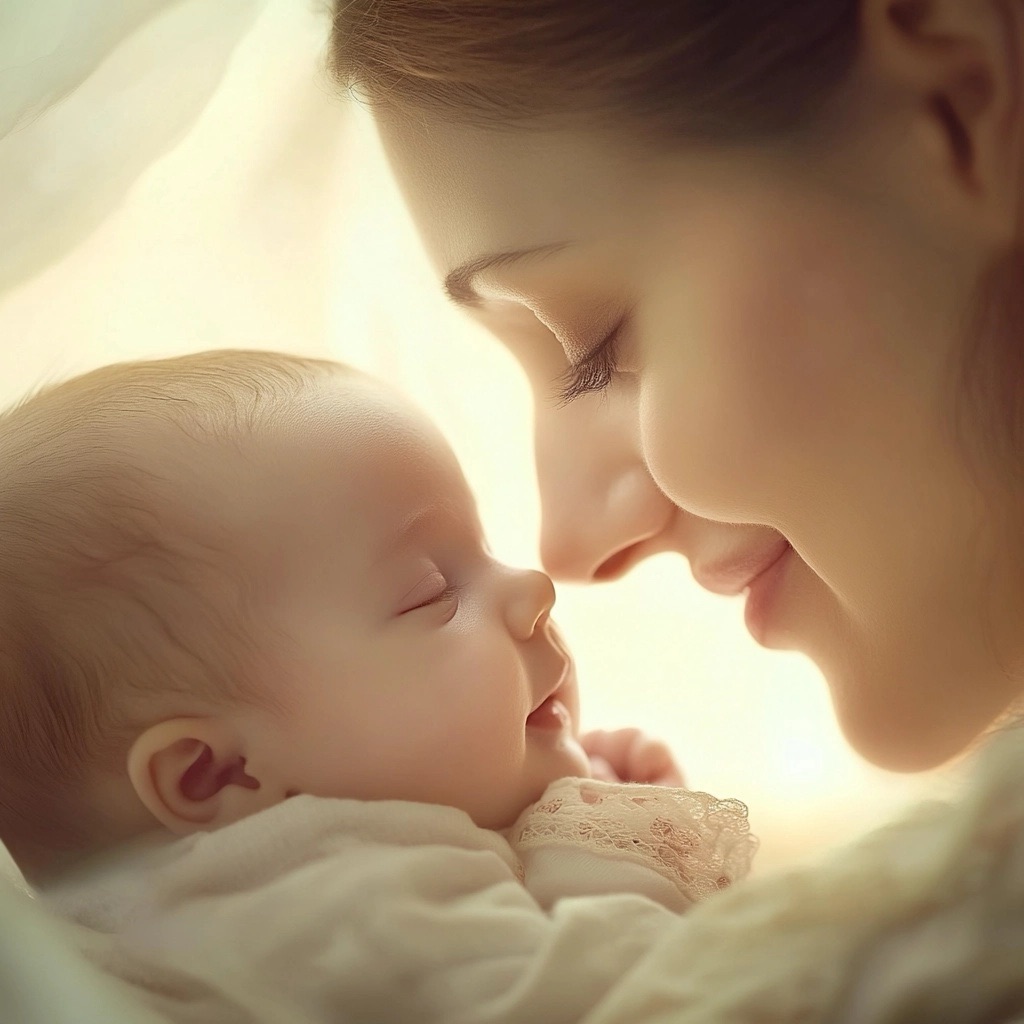
Embrace the Imperfection
One of the first things to accept as a new parent photographing your baby is that not every shot will be perfect. And that’s okay. In fact, some of the most treasured photographs will be those that capture the imperfect, unscripted moments. The little yawns, the wrinkled noses, or even the tearful expressions can convey the raw, unfiltered beauty of infancy.
The key is to keep your camera ready and to shoot liberally. Digital photography allows you to take hundreds of photos without the worry of film costs, so take advantage of this freedom. Out of a hundred shots, there may be just one that perfectly encapsulates a moment, but that one photo will be worth it.
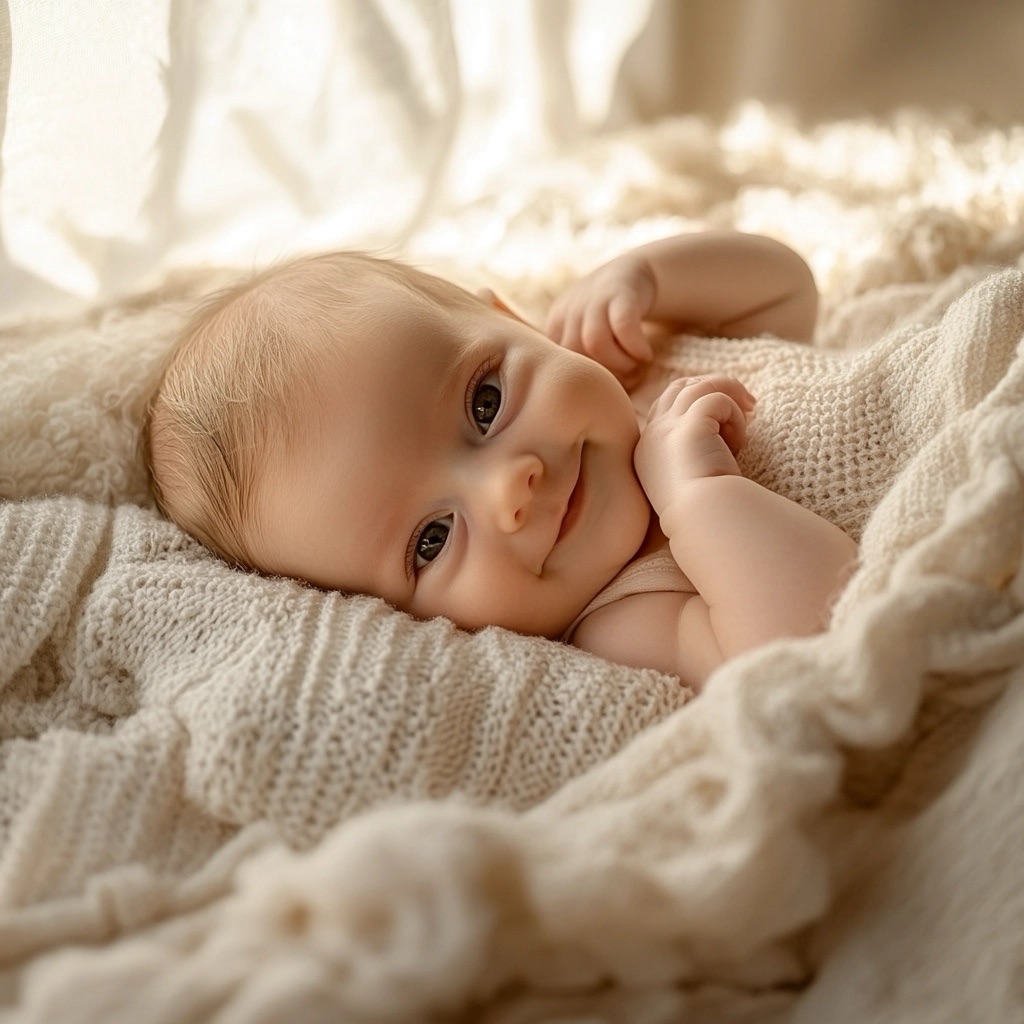
The Role of Lighting in Baby Photography
Natural Light is Your Best Friend
Lighting is one of the most critical aspects of any kind of photography, and when it comes to baby photography, natural light is your best ally. Harsh, artificial lighting can create unflattering shadows and distort the delicate features of a baby. Instead, aim for soft, diffused natural light, which can highlight the softness of your baby’s skin and create a warm, inviting atmosphere in your photos.
Photograph your baby near a window during the daytime when the light is abundant but not too direct. The early morning or late afternoon light, often referred to as “golden hour,” can provide a gentle, flattering glow that enhances the serene beauty of a baby.
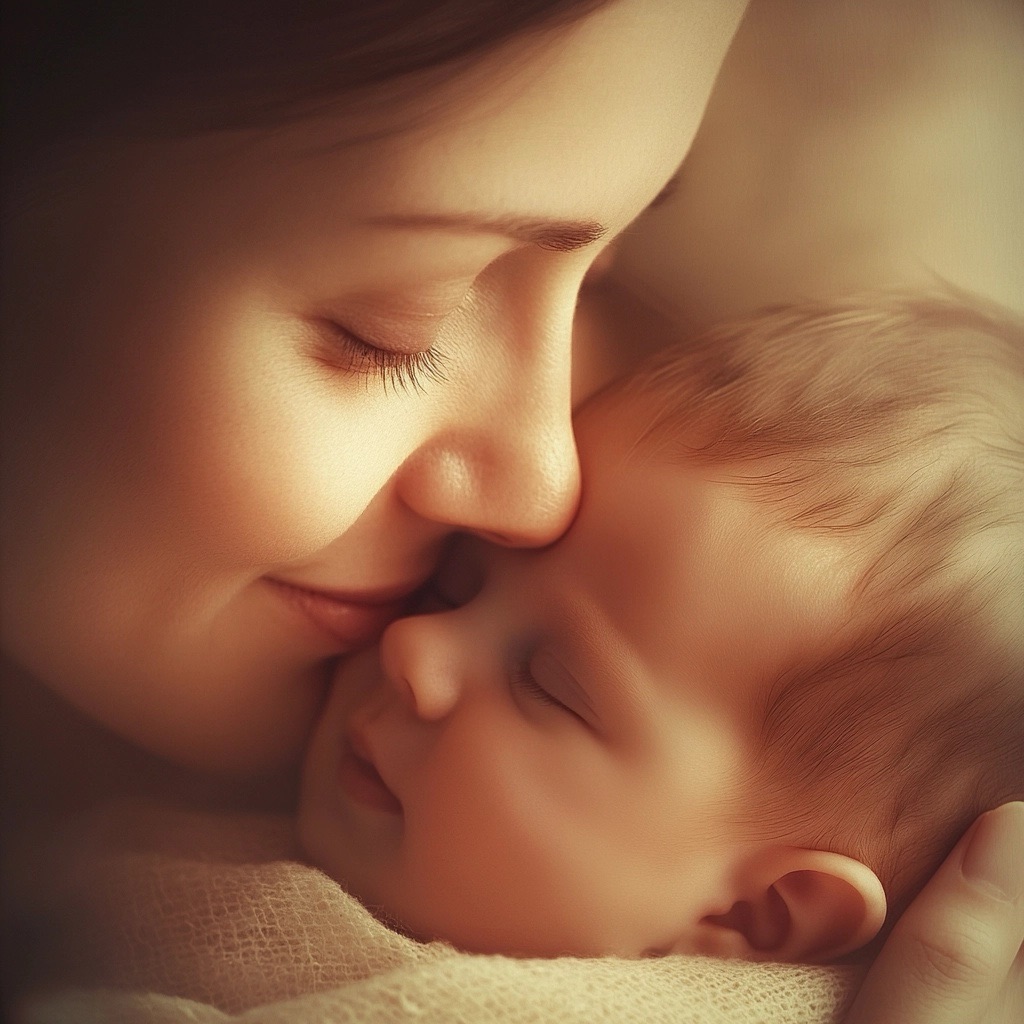
Avoid Flash Photography
While it might be tempting to use a flash to compensate for low light, especially indoors, it’s generally best to avoid it. The sudden burst of light can startle a baby, and the direct flash can create harsh shadows and overly bright spots on their skin. If you need additional light, consider using a softbox or a diffuser to soften the light or adjust the settings on your camera to allow for a slower shutter speed or higher ISO.
Composition: Framing the Moment
Keep It Simple
When it comes to baby photography, less is often more. Babies are naturally photogenic, and the focus should be on their expressions and tiny features rather than on complicated backgrounds or props. A simple, uncluttered background will ensure that your baby remains the focal point of the photograph.
Consider using solid colors or soft textures as a backdrop. A plain blanket or a bed with neutral-colored sheets can work wonderfully, providing a clean canvas that doesn’t distract from your subject.
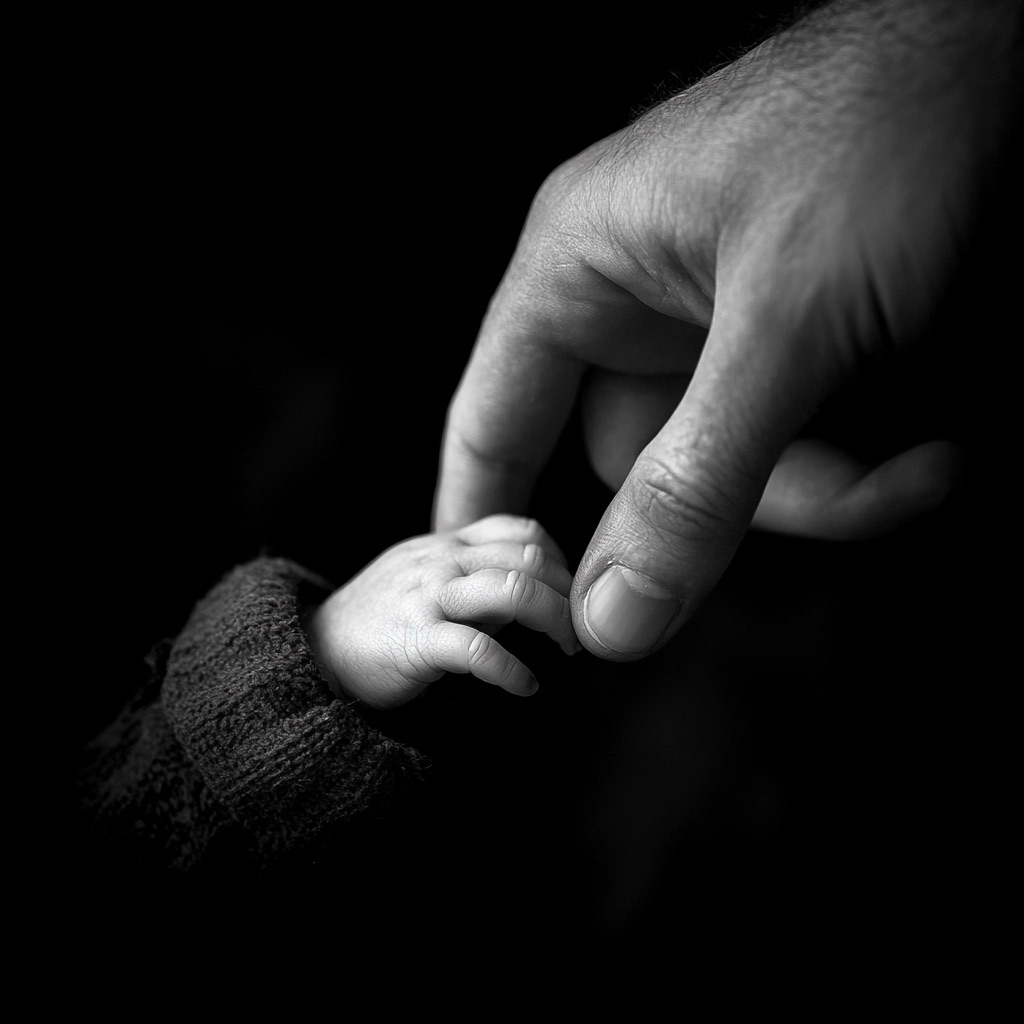
Get Close and Vary Your Angles
Close-up shots are particularly powerful in baby photography. These intimate photos capture the minute details—the curl of a tiny finger, the soft curve of an ear, the gentle rise and fall of a chest. Getting close allows you to highlight these details, turning ordinary moments into extraordinary ones.
Don’t be afraid to experiment with different angles. Photograph from above to capture a baby’s wide-eyed curiosity, or shoot from the side to emphasize their profile. Each angle can tell a different story and evoke different emotions. The key is to explore and discover what works best for capturing your baby’s unique personality.
The Rule of Thirds
While it’s important to focus on your baby, incorporating elements of composition like the rule of thirds can elevate your photographs. Imagine dividing your photo into nine equal parts using two horizontal and two vertical lines. Placing your baby along these lines or at their intersections can create a more balanced and visually appealing photograph. This technique helps draw the viewer’s eye naturally to the subject while also allowing space for the surroundings to play a role in the composition.
Capturing Emotions and Connections
Focus on Relationships
Some of the most powerful baby photographs are those that capture the bond between the baby and their parents or siblings. These photos are not just about the baby but about the relationships that will shape their world. Whether it’s a tender moment of a mother cradling her newborn or a candid shot of a sibling gently holding the baby’s hand, these images can evoke strong emotions and tell a story of love and connection.
To capture these moments, be patient and observant. Sometimes, the best photos come from simply allowing these interactions to unfold naturally. Avoid overly posed shots, which can feel stiff and contrived. Instead, aim to capture the genuine emotions and spontaneous moments that reflect the true essence of your family’s bond.
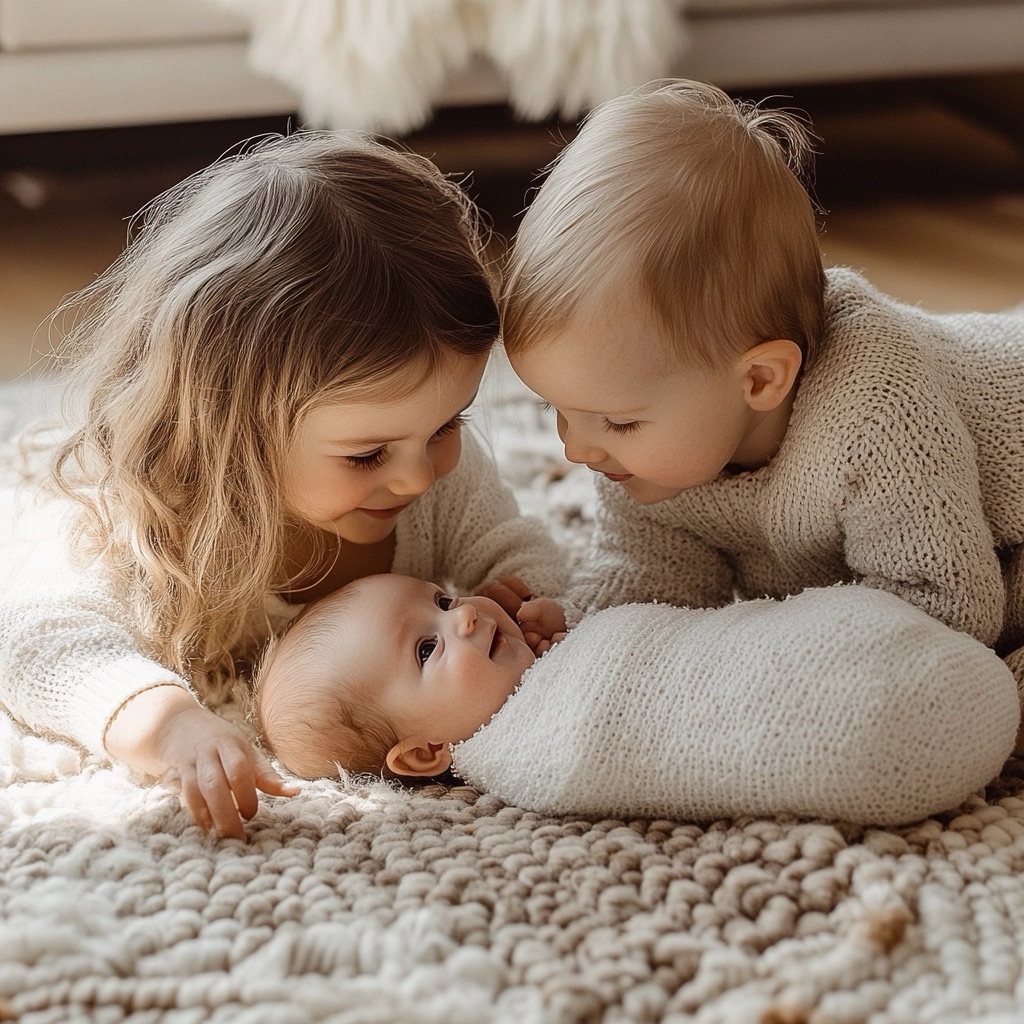
The Power of Black and White
While color photography is the standard, don’t overlook the potential of black and white. Black and white photographs can strip away distractions, focusing the viewer’s attention on the emotions and expressions in the image. The absence of color can also add a timeless, classic quality to your photos, making them feel more evocative and profound.
Black and white works particularly well for capturing the contrast between a baby’s delicate skin and the surrounding environment. It also enhances the textures and can bring out details that might be less noticeable in a color photograph.
Preparing for the Shoot
Timing is Everything
Babies have their own schedules, and understanding your baby’s routine can make a huge difference in your photography. Try to schedule your photo sessions during times when your baby is well-rested and fed. A happy, content baby is more likely to be cooperative and expressive, resulting in better photographs.
However, don’t be discouraged if things don’t go as planned. Babies are unpredictable, and sometimes the most delightful photos come from unplanned, spontaneous moments. Stay flexible and be ready to capture the moment when it presents itself, even if it’s not the moment you originally envisioned.
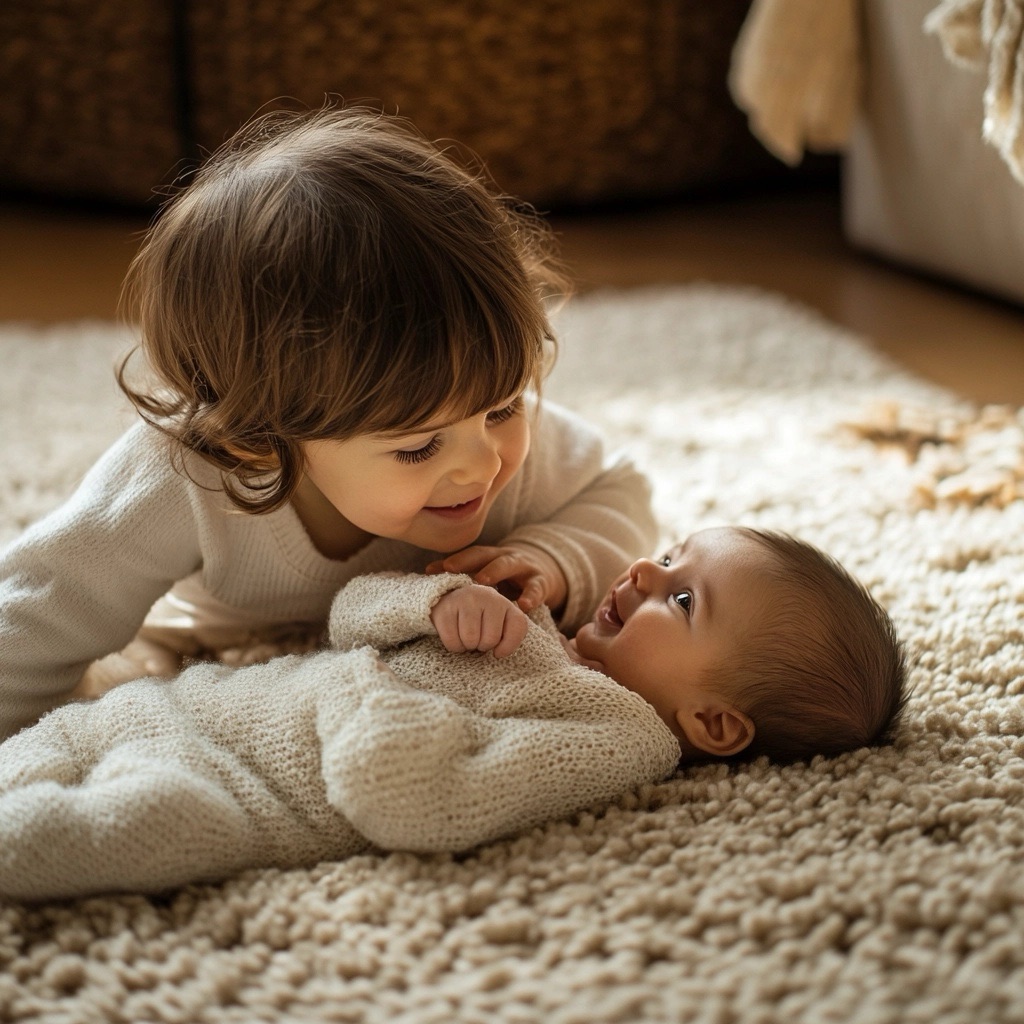
Keep It Comfortable
Your baby’s comfort should always be a priority during a photo session. If they’re uncomfortable, it will show in the photos. Ensure that the environment is warm enough, that their clothing is soft and non-restrictive, and that any props or setups are safe and secure.
A comfortable baby is more likely to be calm and relaxed, which will translate into more natural and peaceful photographs. If your baby becomes fussy, take a break and soothe them before continuing with the session. Patience is key, and it’s important to remember that the quality of the experience is just as important as the quality of the photographs.
Post-Processing: Enhancing the Magic
Editing with Care
Once you’ve captured your images, the next step is editing. While it’s easy to get carried away with filters and effects, subtlety is often the best approach when it comes to baby photography. The goal should be to enhance the natural beauty of your photos, not to overshadow it.
Basic adjustments to brightness, contrast, and sharpness can make a significant difference, bringing out the details and improving the overall quality of the image. If you’re using editing software, consider playing with the exposure or adding a slight vignette to draw attention to your baby’s face.
For color photos, be mindful of skin tones. Babies have delicate, often variable skin tones that can be easily distorted by heavy-handed editing. Aim for soft, natural tones that reflect the true essence of your baby’s complexion.
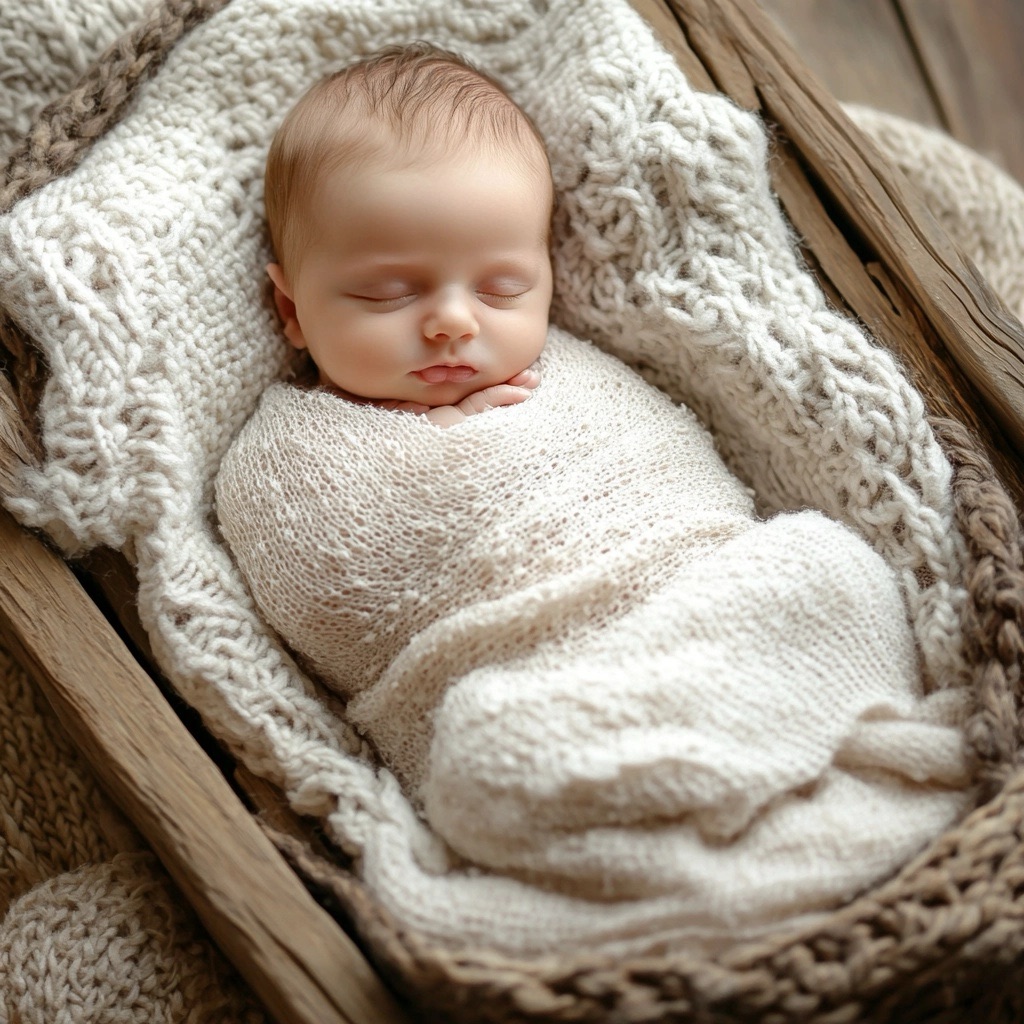
Preserving Your Photos
Once you’ve perfected your photos, think about how you want to preserve them. Digital storage is convenient, but don’t underestimate the value of physical prints. There’s something timeless about holding a photograph in your hands, and prints can be cherished keepsakes that you pass down through generations.
Consider creating a photo album or a scrapbook that documents your baby’s first year. These tangible items can become treasured family heirlooms, capturing not just the images but the emotions and memories associated with them.
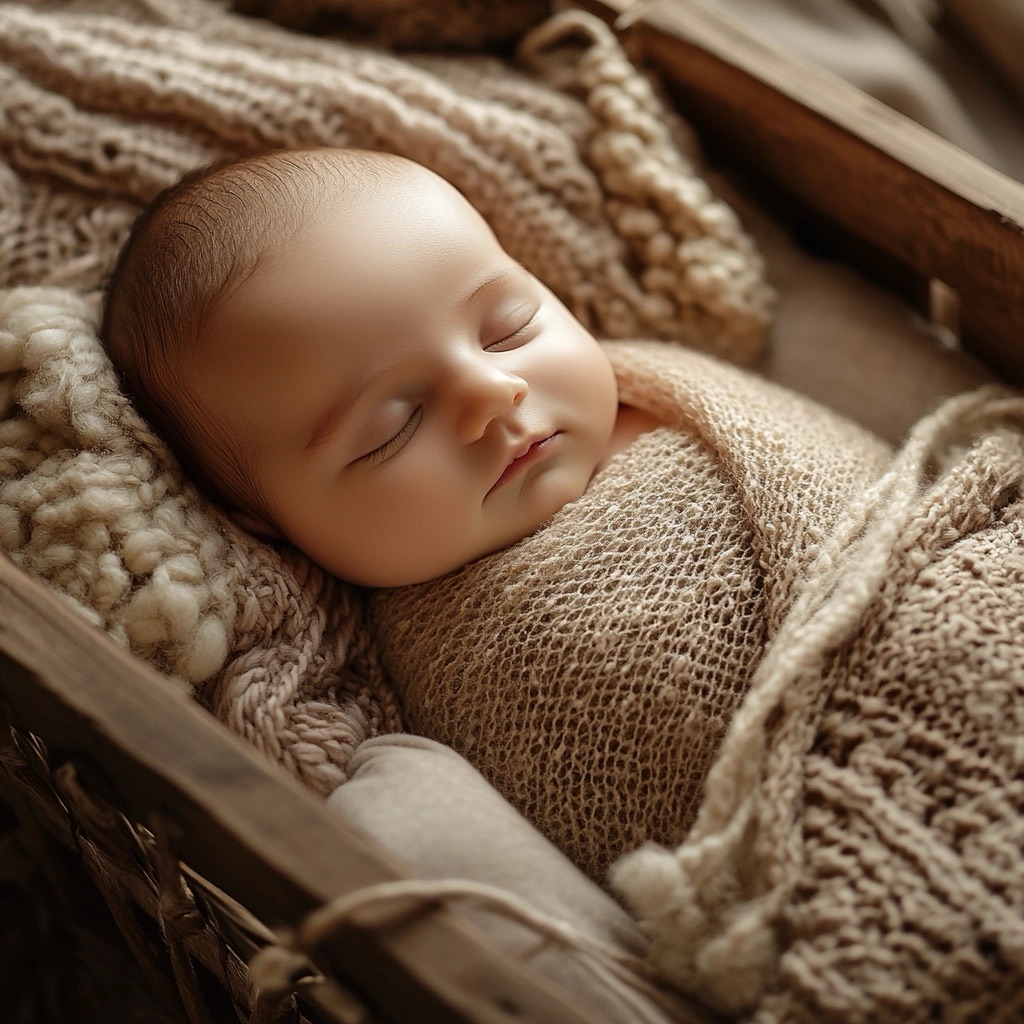
Conclusion: The Heart of Baby Photography
In the end, the most important aspect of baby photography isn’t the technical perfection of the images, but the emotion they convey. As a new parent, you are not just taking pictures; you are preserving memories that you and your child will cherish for a lifetime.
The best photos are those that capture the essence of your baby’s personality and the love that surrounds them. With patience, creativity, and a bit of practice, you can create a beautiful collection of photographs that tell the story of your baby’s early days—a story that you will treasure forever.
Leave a Reply